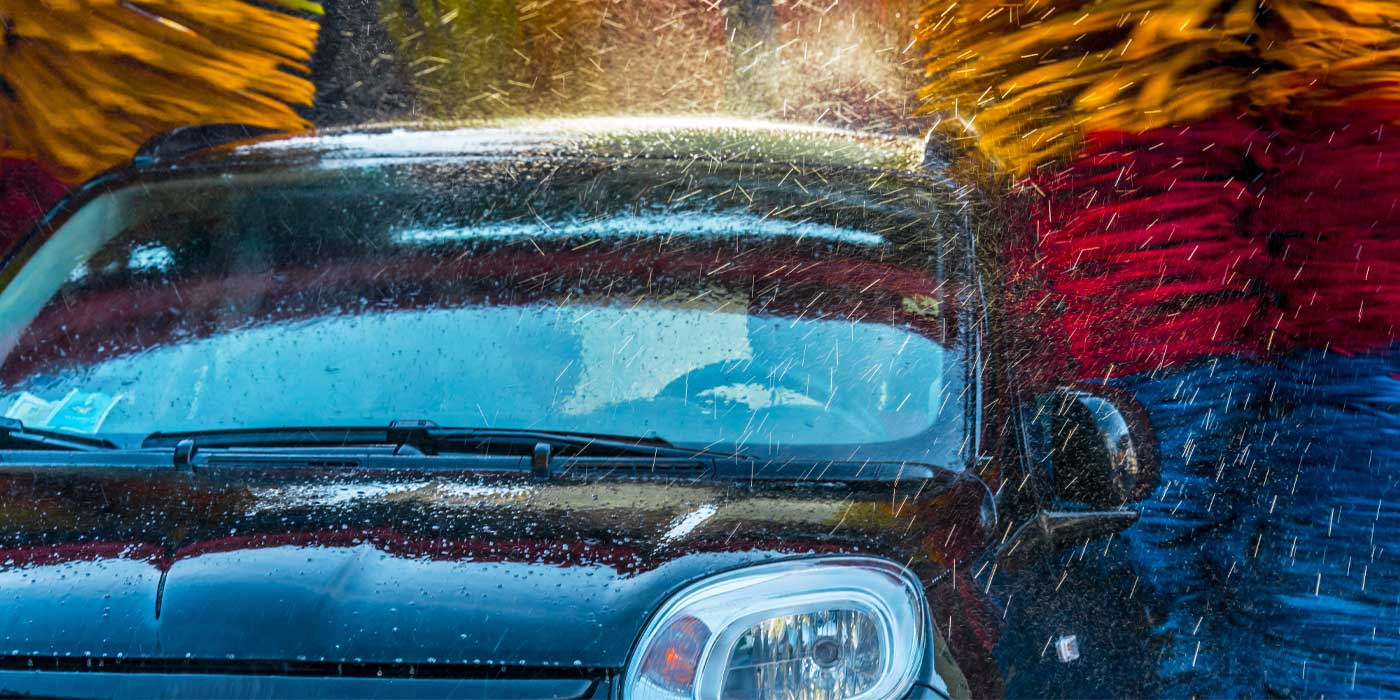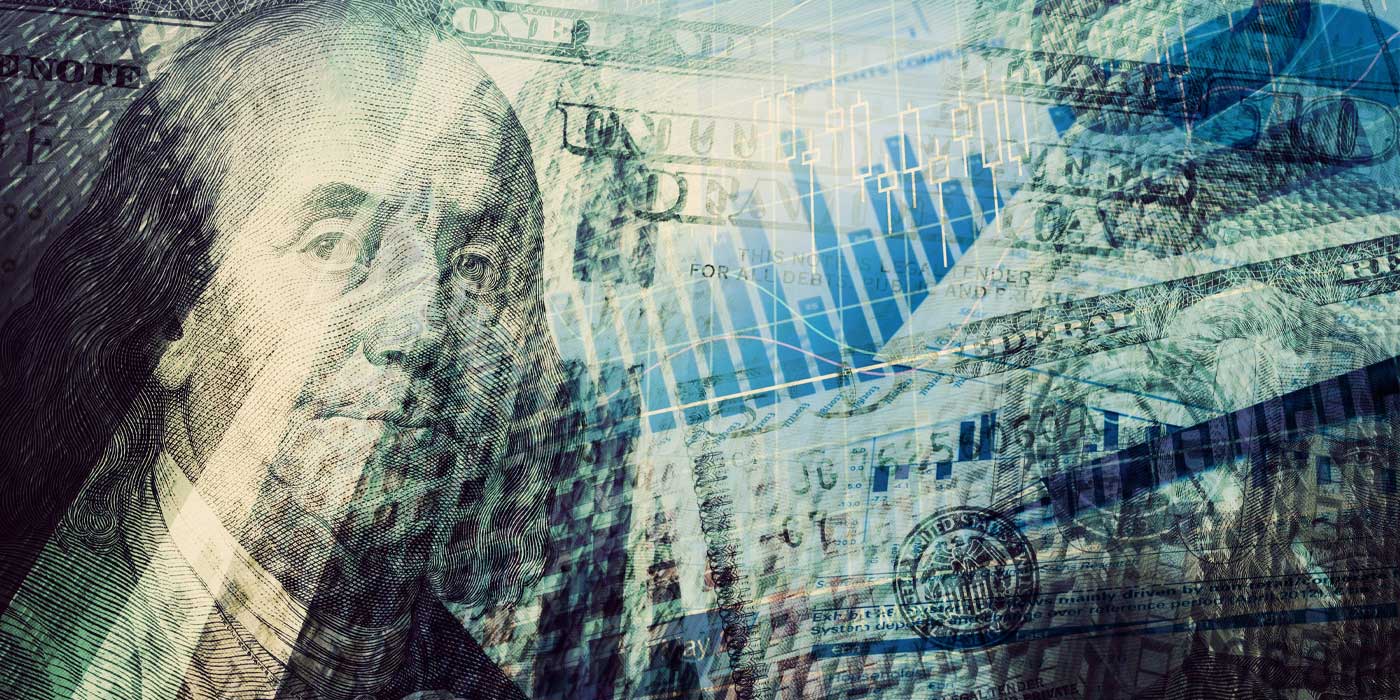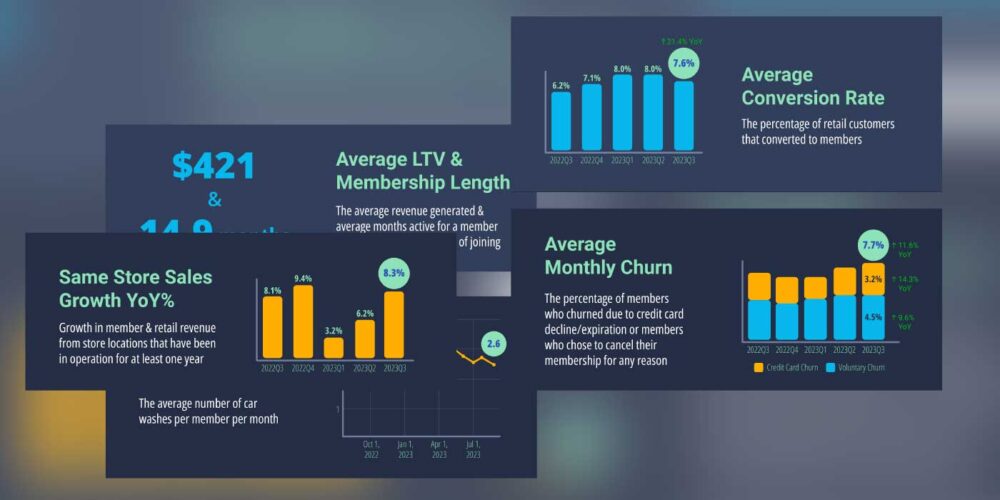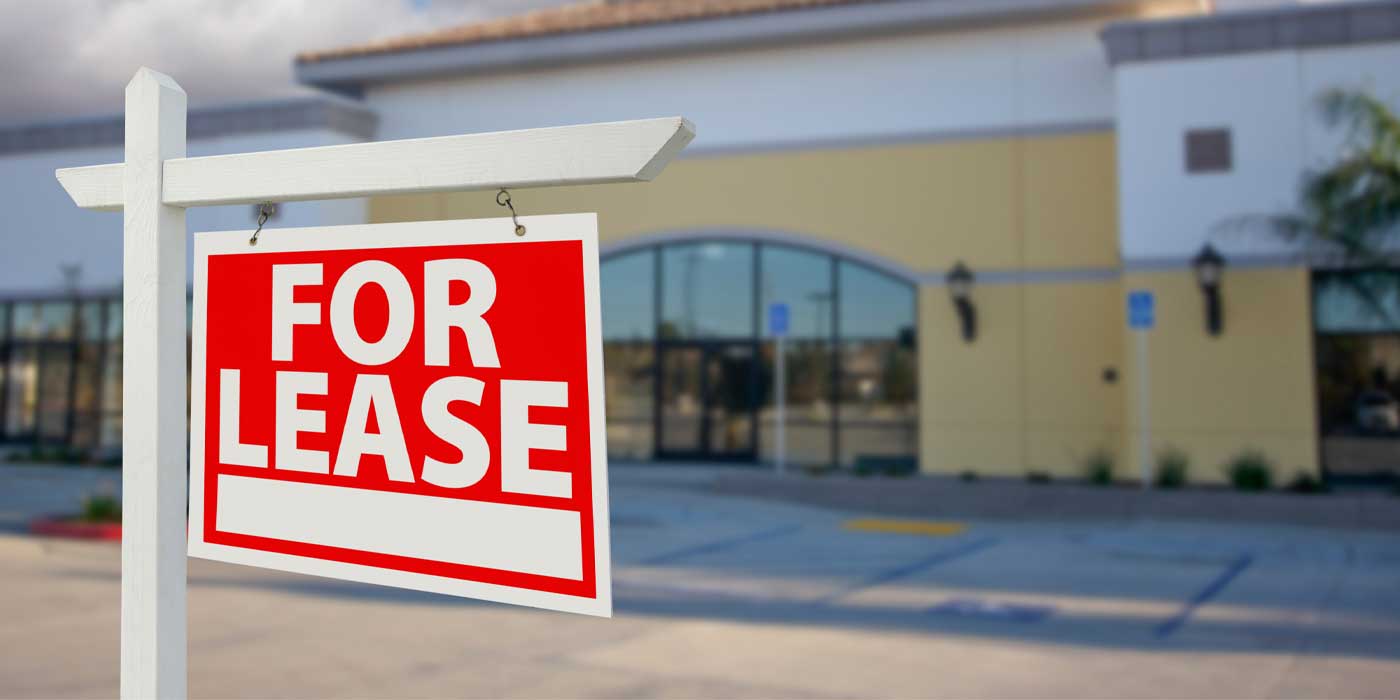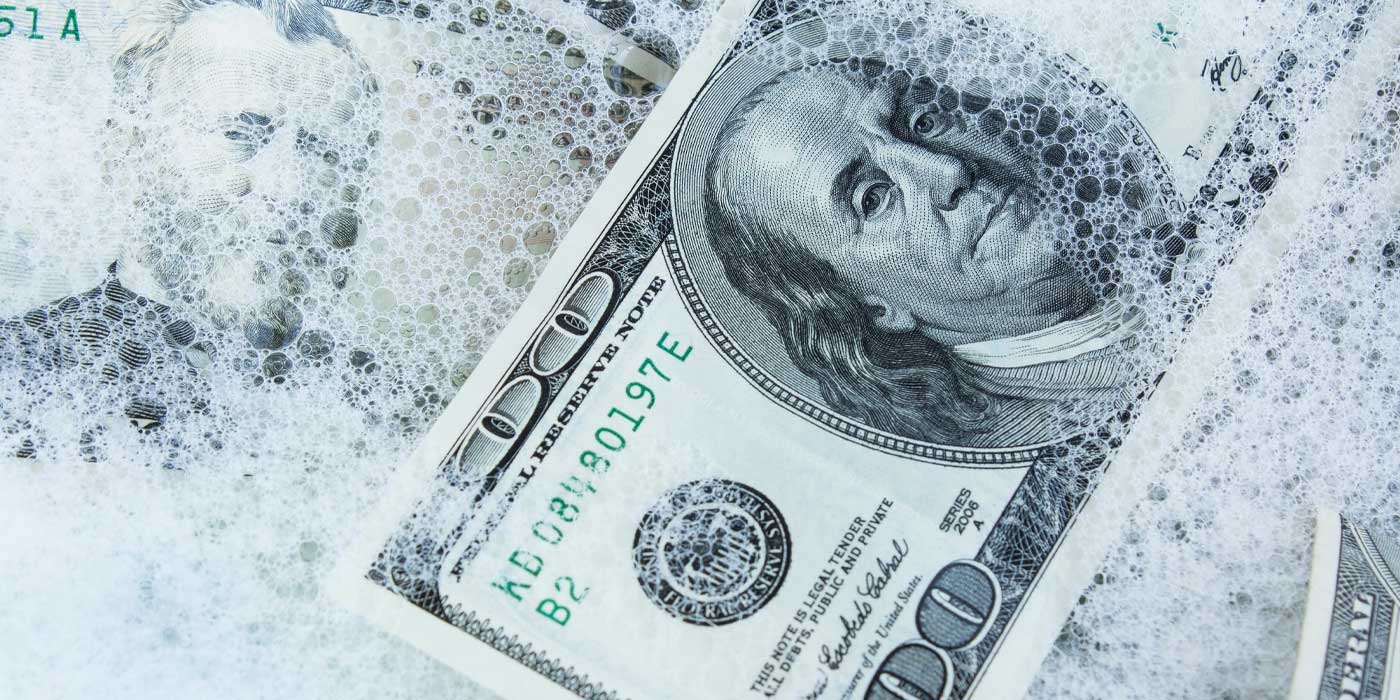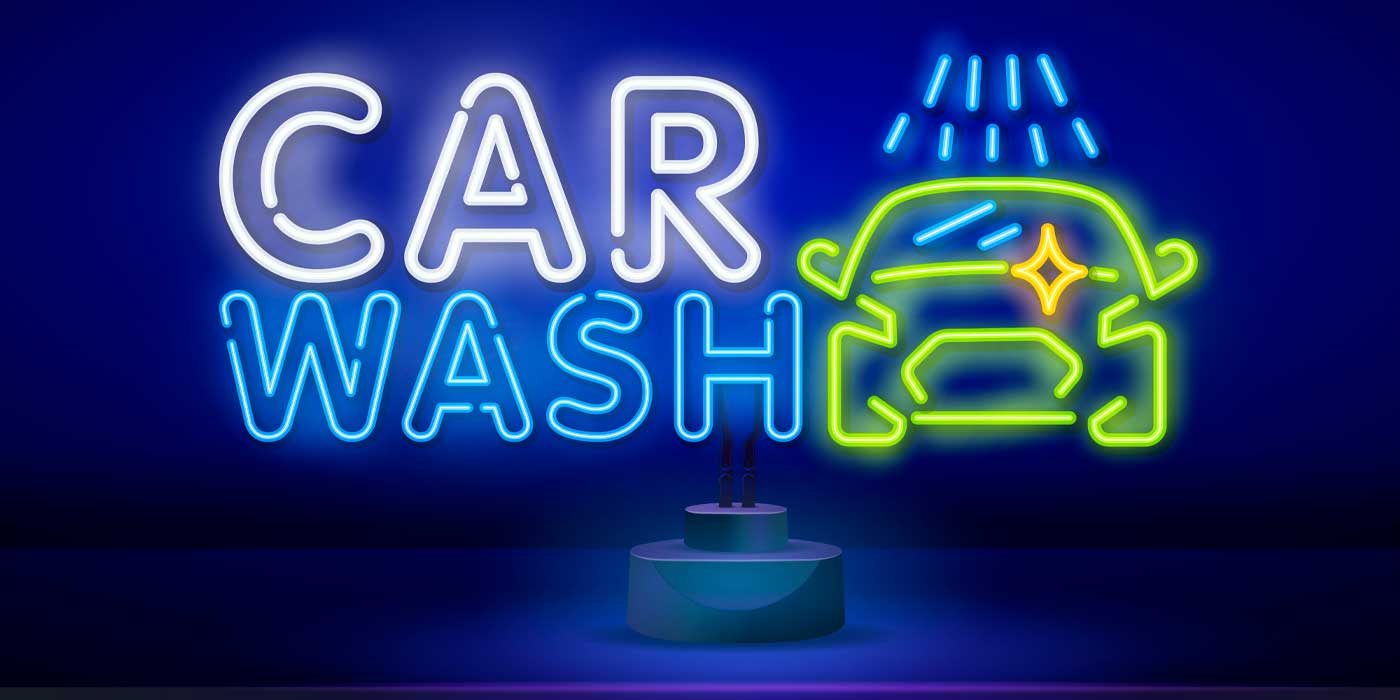One of the best and easiest ways to encourage the continued growth of your carwash is to ensure you are collecting good consumer contact information for ongoing marketing purposes. However, it is also one of the things that quickly goes by the wayside for the sake of operational speed. Carwash operators often tell me, “We don’t capture contact information, because we’re worried about what that will do to our throughput.” I get it.
You are not going to take the time to collect contact information from a customer when you have a line of cars waiting. But, by failing to collect that information, you are limiting your ability to reach out to these customers and bring them back to your wash.
Fortunately, there are ways to capture carwash consumer data without holding up production. This article will explain how.
The magic of consumer data
First, let’s take a closer look at what this data can do for your business.
As mentioned, it can secure return visits. The basic purpose of collecting customers’ information is to simply get them to come back. If you can get customers to sign up for email or text notices, you can send them discounts and coupons. You can also educate them on the benefits of unlimited plan membership and share the latest promotions for those plans. This is a great, inexpensive way to lock in customer loyalty and, hopefully, boost your unlimited plan membership.
Collecting consumer data can also help to retain plan members. Your efforts should not end when a customer converts to a member. In fact, it is important to stay top-of-mind with your members, especially during the first 30 days.
Our research shows that if you can get a member to wash four times in those first 30 days of membership, that person is 61% more likely to still be an unlimited customer at the end of six months. Therefore, we recommend that our clients send a marketing message to new members four or five times during their first 30 days to remind them about their plans and encourage their usage.
Later in the relationship, you can also use this information to get in touch with members who may not be using their plans or to let members know of new features you have implemented at the wash.
Underscoring how important consumer data is to member retention, in a study of 30,000 carwash unlimited plan members, we found that those who had given the wash an email address stayed on the plan 2.81 months longer than those who did not provide an email address. Considering that lifetime value should be one of your ultimate goals, this is significant.
Finally, with contact information, you can contact customers proactively before their credit cards expire or if they decline for any reason. This prevents involuntary churn.
Another important benefit of collecting customer data is having the ability to share important updates. Customers appreciate it when you keep them in the know. If your wash is going to be closed, if you have limited holiday hours or any other news to share, email and text messaging are great ways to spread the word.
Carwash operators who were forced to shut down early in the pandemic found it particularly critical to inform their members of how they were going to handle the billing of those plans during the closure.
Good customer data also helps you understand the type of person your business attracts, so that you can tailor your marketing to target the people who are most likely to try your wash. Think of something as simple as an address. If you had every customer’s address and plotted them on a map, you could see at a glance exactly where people come from.
Are you attracting commuters on the way to or from a major employer, or is the subdivision a mile down the road your main source? You can easily see how this can help you more efficiently use your marketing spend.
The need for speed
The problem still remains: How can you collect that information without creating a logjam in your queue?
One solution lies in QR codes, which emerged from relative obscurity thanks to the pandemic. One of the common uses for QR codes is now at restaurants. Customers can scan QR codes to view a full menu and place their orders rather than using a menu that is reused over and over.
Similarly, carwash technology is helping operators use QR codes to collect carwash customer data quickly and easily. The customer simply scans a QR code with his or her phone at the point-of-sale, which automatically creates a text message back to the provider. The provider then sends a text message to the customer’s phone containing the URL to a landing page with a form to sign up for the offer. A typical offer might be a $5-off coupon that can be scanned at the pay station on the next visit.
When it comes to signing up members, consider allowing customers to purchase their plans on your website or mobile app.
Collecting information via technology not only keeps your lines moving, but it also creates contactless information collection, which is preferable to the pen and paper methods of the past that are troublesome during a pandemic.
At the heart of it, collecting customer contact information is about turning a one-off transaction into a relationship. The simple act of collecting and using that information is the key to ongoing growth and long-term success.
Jason Baumgartner is the president of Suds™, a full-service consumer behavior and marketing firm working exclusively in the carwash industry. He co-founded Suds in 2016 to help businesses turn data into dollars. Rather than relying on hunches or guesswork, the Suds team digs deep into your data to understand every facet of your business to identify opportunities to optimize your revenue.


